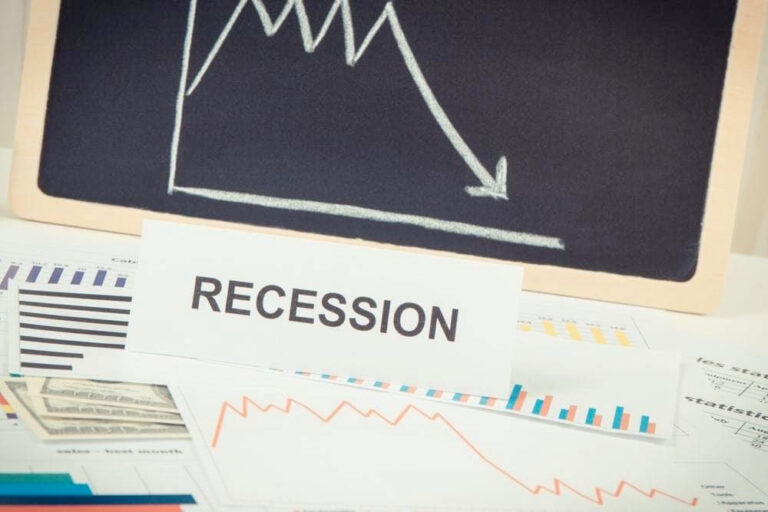EUR/USD trades sideways as investors await Fed Powell’s testimony
- EUR/USD is broadly sideways around 1.0300, with investors focusing on Fed Chair Jerome Powell’s testimony before Congress.
- US President Trump imposed 25% tariffs on imports of steel and aluminum from all nations.
- The Eurozone is expected to be the major casualty of Trump’s reciprocal tariffs.
EUR/USD ticks higher but is broadly sideways around 1.0300 in Tuesday’s North American session as investors await the Federal Reserve (Fed) Chair Jerome Powell’s testimony before Congress at 15:00 GMT. Investors will pay close attention to Powell’s comments to know for how long the Fed will keep interest rates steady in the range of 4.25%-4.50% and the likely impact of 25% tariffs on all steel and aluminum imports on the monetary policy outlook.
In January, the Fed left interest rates unchanged and Powell said that the central bank will remain in the waiting mode until it sees “real progress in inflation or at least some weakness in labor market”.
On Monday, United States (US) President Donald Trump signed executive orders of a 25% levy on imports of steel and aluminum from all nations, which will come into effect on March 12. Trump also said that there will be reciprocal tariffs over nations where he sees unfair trade practices in the coming days. The US President has outlined tariffs on metals to boost local production and reduce dependence on other nations.
Market participants are concerned over Trump’s international agenda, which is expected to result in a global trade war and high inflation in the US economy.
For fresh cues on inflation, investors will focus on the US Consumer Price Index (CPI) data for January, which will be released on Wednesday at 13:30 GMT. Economists expect the annual core CPI – which excludes volatile food and energy prices – to have grown at a slower pace of 3.1%, compared to a 3.2% increase in December. In the same period, the headline inflation is estimated to have remained steady at 2.9%.
US Dollar PRICE Today
The table below shows the percentage change of US Dollar (USD) against listed major currencies today. US Dollar was the strongest against the Japanese Yen.
| USD | EUR | GBP | JPY | CAD | AUD | NZD | CHF | |
|---|---|---|---|---|---|---|---|---|
| USD | -0.16% | -0.05% | 0.29% | 0.13% | -0.02% | -0.08% | 0.20% | |
| EUR | 0.16% | 0.09% | 0.44% | 0.30% | 0.15% | 0.09% | 0.37% | |
| GBP | 0.05% | -0.09% | 0.34% | 0.20% | 0.04% | -0.02% | 0.27% | |
| JPY | -0.29% | -0.44% | -0.34% | -0.14% | -0.31% | -0.36% | -0.07% | |
| CAD | -0.13% | -0.30% | -0.20% | 0.14% | -0.16% | -0.21% | 0.07% | |
| AUD | 0.02% | -0.15% | -0.04% | 0.31% | 0.16% | -0.06% | 0.22% | |
| NZD | 0.08% | -0.09% | 0.02% | 0.36% | 0.21% | 0.06% | 0.28% | |
| CHF | -0.20% | -0.37% | -0.27% | 0.07% | -0.07% | -0.22% | -0.28% |
The heat map shows percentage changes of major currencies against each other. The base currency is picked from the left column, while the quote currency is picked from the top row. For example, if you pick the US Dollar from the left column and move along the horizontal line to the Japanese Yen, the percentage change displayed in the box will represent USD (base)/JPY (quote).
Daily digest market movers: EUR/USD gains on Euro outperforms despite ECB dovish bets
- EUR/USD moves higher as the Euro (EUR) outperforms its major peers, even though market participants expect Trump’s reciprocal tariffs will be unfavorable for the Eurozone. The impact of reciprocal tariffs is expected to be severe on the Eurozone as it charges 10% levies on automobile imports from the US and pays 2.5% import duty for domestic autos supplied to them. Such a scenario will be unfavorable for the Euro as lower sales would result in economic contraction.
- The outlook of the Euro is also vulnerable on the monetary policy front given the possibility that the rate differential between the European Central Bank (ECB) and the Fed could widen. Traders have fully priced in three interest rate cuts by the ECB and see them coming by the summer. Firm dovish bets are based on expectations that inflationary pressures are expected to return sustainably to near the central bank’s target of 2%.
- Three interest rate cuts by the ECB of 25 basis points (bps) would push the Deposit Facility rate lower to 2%, a figure that is close to the neutral rate, as projected by economists at the ECB.
- Contrary to market expectations, ECB policymaker and Governor of the Bank of Portugal Mario Centeno expects that the central bank could go “below the neutral rate” as the Eurozone economy is not “strong enough to support inflation at 2%”.
Technical Analysis: EUR/USD oscillates inside Monday’s range
EUR/USD trades inside Monday’s trading range around 1.0300 in Tuesday’s North American session. The outlook of the major currency pair remains bearish as the 50-day Exponential Moving Average (EMA) around 1.0430 continues to be a major barricade for the Euro bulls.
The 14-day Relative Strength Index (RSI) oscillates in the 40.00-60.00 range, indicating a sideways trend.
Looking down, the January 13 low of 1.0177 and the round-level support of 1.0100 will act as major support zones for the pair. Conversely, the psychological resistance of 1.0500 will be the key barrier for the Euro bulls.
